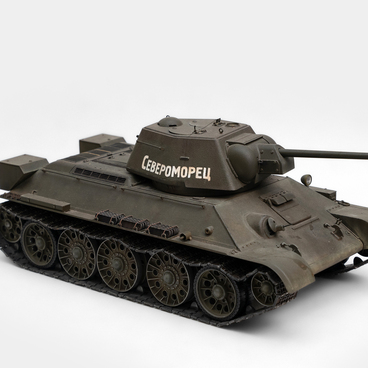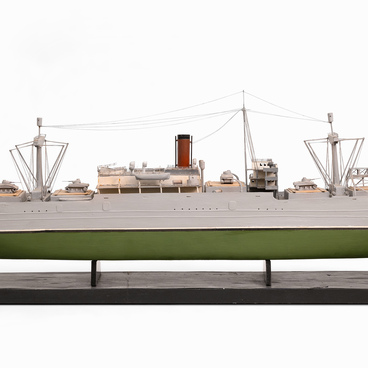The Polikarpov I-16 was a Soviet single-engine monoplane fighter aircraft designed by members of the Nikolai Polikarpov Design Bureau. The aircraft had a wooden fuselage with a veneer and canvas skin. Colloquially known as the “Donkey”, this aircraft was the main fighter of the Air Force of the Workers’ and Peasants’ Red Army from 1936 until the beginning of 1942.
The preliminary design of a high-speed monoplane fighter aircraft was completed in 1932, at the end of the first five-year plan. The first flight of the prototype at the end of 1933 was performed by the legendary pilot Valery Chkalov. He was a test pilot at the State Aviation Plant. Later, the aircraft piloted by Chkalov was subjected to spin-testing. The I-16 fighters were delivered to Spain during the Civil War.
At the beginning of the Great Patriotic War, only four “Donkeys” were in service with the armed forces of the Northern Fleet, of which three were operational. But by the end of June — early July 1941, their number had increased. The first German plane in the Arctic was shot down on June 24 by an I-16 aircraft. It was piloted by Lieutenant Boris Safonov. The enemy aircraft was identified as the Heinkel He 111 bomber.
Safonov loved his aircraft very much. He was personally present during the refueling and ammunition loading processes, and closely supervised the packing and labeling of ammunition. According to his fellow pilots, Safonov did not fly in a straight line. Instead, he would ascend and then descend sharply, showing a willingness to sacrifice altitude in order to gain speed, or vice versa. This maneuver was later incorporated into the Soviet Air Force’s operational doctrine in 1944. During aerial engagements with enemy bomber formations, Safonov would divide his squadron into two groups. The first group engaged aircraft that provided cover for the main formation, while the second group directly attacked the bombers.
Safonov was twice awarded the title of Hero of the
Soviet Union. After the war, the English pilot Charleston Howe, who had served
alongside Safonov in defending naval convoys, referred to him as “the greatest
pilot of his generation.” Safonov died on the 30th of May, 1942,
while providing cover support to Convoy PQ-16 heading for Murmansk. In 1943, a
first bust in his honor was unveiled in the village of Vayenga (now known as
Severomorsk).


